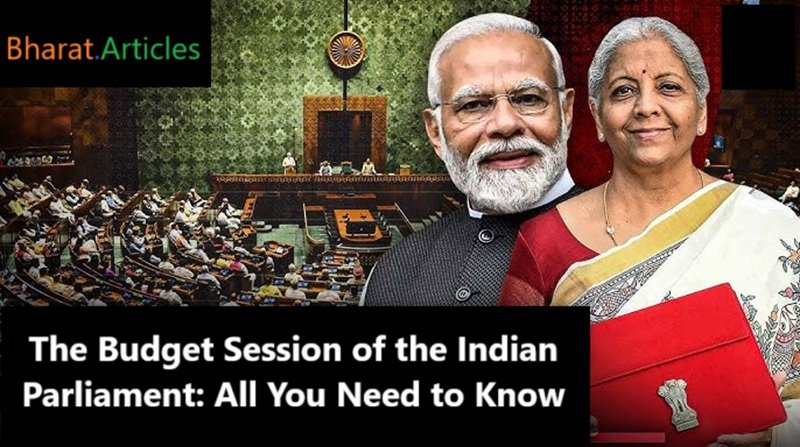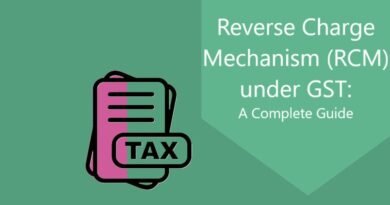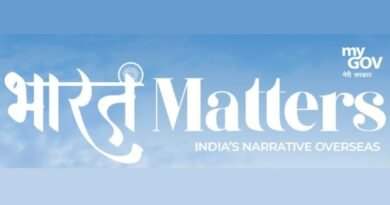The Budget Session of the Indian Parliament: All You Need to Know
The Budget Session of the Indian Parliament is one of the most important events of the year. It sets the tone for the country’s finances and policies, influencing the economy and daily lives of people. The 2025 Budget Session, which started on January 31 and will end on April 4, 2025, is divided into two parts. This allows enough time for debates, discussions, and approval of the budget and related bills.
Here is a detailed breakdown of the session and the highlights of the Union Budget for 2025-26.
Key Dates and Structure of the 2025 Budget Session
1. Beginning of the Session: January 31, 2025
The session started with President Droupadi Murmu’s address to a joint sitting of both Houses—Lok Sabha and Rajya Sabha. In her speech, she outlined the government’s priorities and plans for the year ahead. This tradition helps Parliament and citizens understand the focus areas of governance.
2. Economic Survey Presentation: January 31, 2025
After the President’s address, the Economic Survey for 2024-25 was presented. This document is like a report card of India’s economy. It reviews how the economy performed in the previous year and suggests solutions to improve growth in the upcoming year. According to the survey, India’s economy is expected to grow between 6.3% and 6.8% in the 2025-26 financial year.
3. Union Budget Presentation: February 1, 2025
On February 1, Finance Minister Nirmala Sitharaman presented the Union Budget for the upcoming fiscal year. This was her eighth consecutive budget presentation. The budget included key announcements related to tax relief, agriculture, infrastructure, and technology.
4. Two Parts of the Budget Session
- Part 1: January 31 – February 13, 2025
During this phase, members of Parliament discussed the budget and the President’s address in detail. It allowed all political parties to voice their opinions on the government’s plans. - Recess: February 14 – March 9, 2025
During this break, parliamentary committees examined the budget proposals and studied the funding requests made by various ministries in detail. This is called reviewing the Demands for Grants. - Part 2: March 10 – April 4, 2025
In this phase, Parliament reconvened to finalize and pass important bills like the Appropriation Bill (to allow government spending) and the Finance Bill (to bring tax changes into effect).
Highlights of the Union Budget 2025
The budget focused on boosting economic growth, providing relief to the middle class, and supporting key sectors such as agriculture, infrastructure, and innovation.
1. Income Tax Reforms
One of the biggest announcements was the increase in the income tax exemption limit. Under the new tax regime:
- Individuals earning up to ₹12.75 lakh per year (including a standard deduction of ₹75,000) won’t have to pay any income tax.
- This move aims to provide relief to middle-class families and increase their spending power.
The government will lose an estimated ₹1 lakh crore in revenue due to these tax cuts, but it hopes this will boost consumption and drive economic growth.
2. Support for Agriculture and Rural India
- A National Mission for Crop Productivity was announced to help farmers grow more crops efficiently.
- The Kisan Credit Card loan limit was increased from ₹3 lakh to ₹5 lakh.
- These steps aim to support farmers and improve rural incomes.
3. Encouraging Innovation and Startups
The budget also focused on startups and innovation:
- Funds were allocated for research and development (R&D) in technology and energy.
- A Nuclear Energy Mission was launched, with the aim of generating 100 gigawatts (GW) of nuclear power by 2047.
4. Customs Duty Adjustments
To make certain goods cheaper and boost key sectors, the government adjusted customs duties:
- What became cheaper:
- Life-saving cancer drugs and medicines for chronic diseases are now free from basic customs duty (BCD).
- Electric vehicle (EV) battery components and mobile phone parts also saw reduced duties.
- Shipbuilding materials and marine products are exempted for another 10 years.
- What became costlier:
- Taxes on interactive flat-panel displays increased from 10% to 20%.
- Certain telecom equipment and plastic products will also cost more.
5. Corporate Impact
The rise in disposable incomes for middle-class families is expected to boost industries like:
- FMCG (fast-moving consumer goods): Companies like Hindustan Unilever and Nestle.
- Automobile manufacturers: Brands like Maruti Suzuki and Hero MotoCorp could benefit as more people buy vehicles.
However, the insurance industry might face challenges as higher tax slabs make insurance products less attractive for tax-saving purposes.
6. Focus on Employment and Gig Economy
Recognizing the growth of the gig economy, the government announced plans to:
- Provide welfare benefits to gig workers.
- Offer them better access to healthcare and other social security schemes.
India’s Economic Outlook
The budget comes at a time when India’s economic growth is projected to slow slightly to 6.4% in the current financial year, the lowest in four years. Despite this, the government is optimistic about growth picking up in 2025-26, supported by strong domestic demand, private consumption, and disciplined fiscal management.
The fiscal deficit target is set at 4.4% of GDP for 2025-26, reflecting the government’s commitment to financial stability while addressing key development needs.
Conclusion
The 2025 Budget Session is a comprehensive exercise that not only sets the economic direction of the country but also addresses pressing issues like tax relief, agricultural reforms, and employment generation. By focusing on inclusive development and innovation, the government aims to strike a balance between fiscal responsibility and the needs of citizens. The session will continue until April 4, ensuring ample time for all aspects of the budget to be discussed and finalized.







